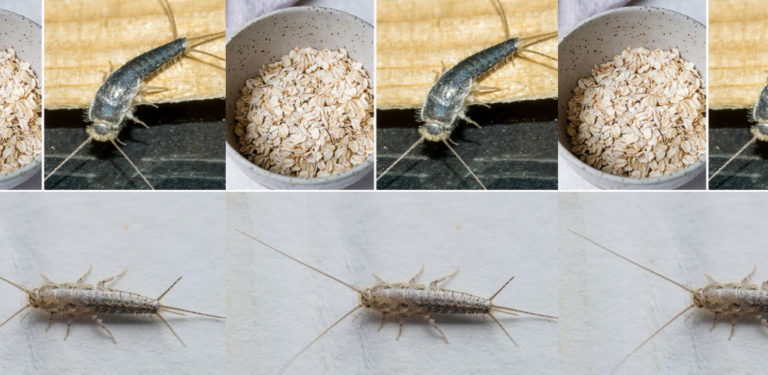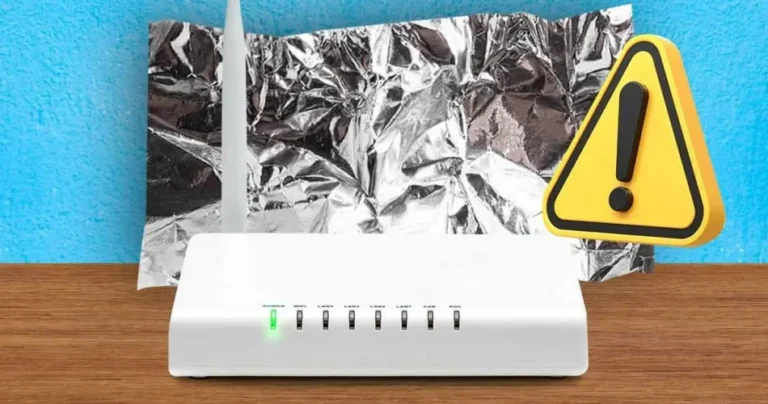4 indoor plants that eliminate humidity and avoid the risk of mold at home
In addition to decorating interior spaces, plants can also purify the surrounding air. Some houseplants are also effective at removing excess moisture and therefore preventing mold. That said, discover 4 plants with the ability to reduce the risk of mold in the house.
Grown indoors, houseplants can save you from several problems, such as mold. To do this, it is enough to choose plants that have the particularity of absorbing humidity, in order to prevent the proliferation of these microscopic fungi.
What are the 4 effective houseplants to prevent mold at home?
To protect your interior from mold, you can grow the following houseplants, known for their ability to absorb stagnant moisture.
- The spider plant to remove moisture
The spider plant. source: spm
Native to South Africa, the spider plant, also called chlorophytum, is a perennial herb with evergreen foliage. It is characterized by its flexible foliage, in the form of long ribbons that fall to the sides. This plant is resistant and easy to care for. In fact, it can withstand drought and low light. Grown indoors, chlorophytum has several virtues. It purifies the ambient air and eliminates carbon monoxide, toluene, but also formaldehyde and benzene. In addition to removing these pollutants, the spider plant is also good at absorbing a good amount of moisture from the air. This is what prevents the appearance of mold.
- The peace lily, indoor plant to prevent mold
Peace Lily. source: spm
The peace lily, or spathiphyllum, is an easy-to-care for perennial houseplant. This hardy plant can handle a lack of watering and can even grow in low light areas. The peace lily is the perfect plant for people who don’t have a green thumb. It needs light but regular watering. Thanks to its foliage, the peace lily absorbs moisture circulating in the air, thus helping to prevent the development of mold and mildew in the house.
- Boston fern, green plant to avoid humidity problems
Boston fern. source: spm
The Boston fern or nephrolepis is a green houseplant with decorative foliage. This resistant plant is appreciated for its decontaminating action. In fact, it absorbs volatile organic compounds such as xylene and formaldehyde released by paint, glue or furniture. Likewise, the Boston fern is a tropical plant, very effective at absorbing moisture. Additionally, she likes to be placed in humid places, which remind her of her tropical environment, such as the bathroom. By regulating the humidity of the house, the Boston fern will rid you of the mold that develops in humid places.
- Tillandsia, a flowering plant to reduce humidity
The tillandsia. source: spm
Native to the Americas, tillandsia is a fast-growing perennial flowering plant. Also called daughter of the air, this houseplant is hardy and easy to grow. Depending on the species chosen, the tillandsia can be used hanging, upside down or placed in a pot. This plant has the peculiarity of feeding on environmental humidity. Its leaves help capture water from the air, thus reducing the humidity level in the house, to prevent mold. For your plant to last a long time, keep it in a bright place, avoiding direct sunlight.
If the air inside your home is too humid, do not hesitate to adopt these plants that absorb ambient humidity.






